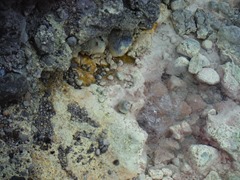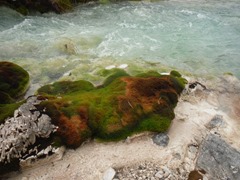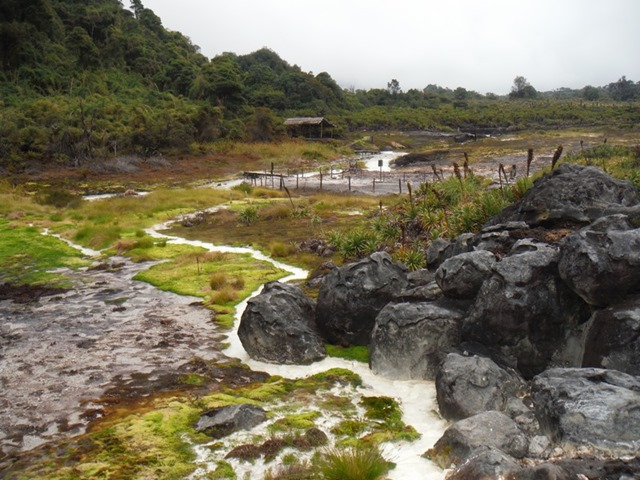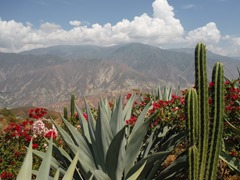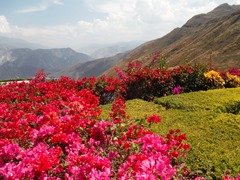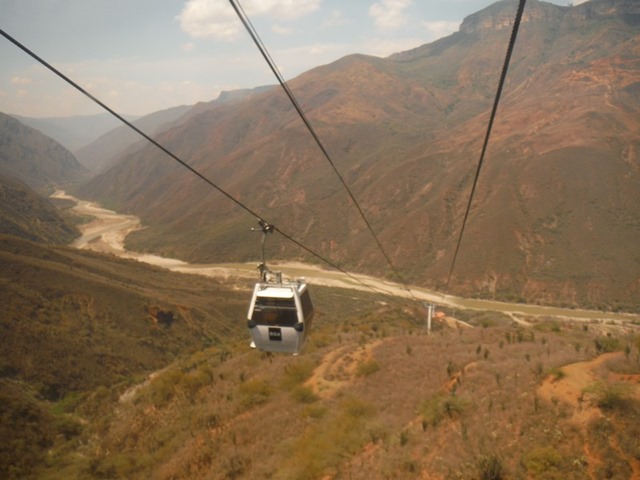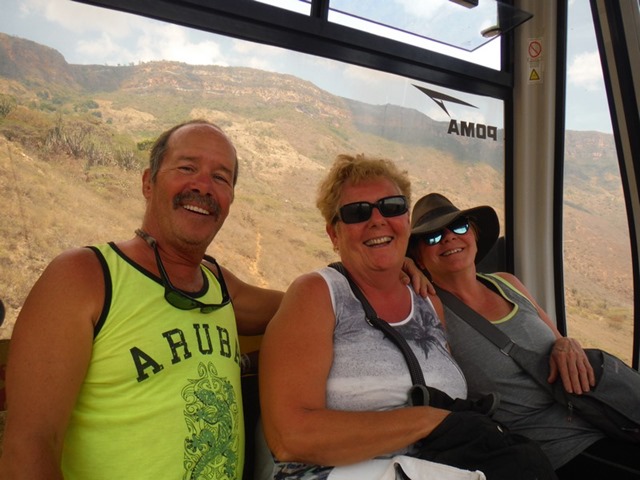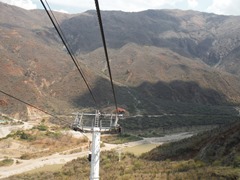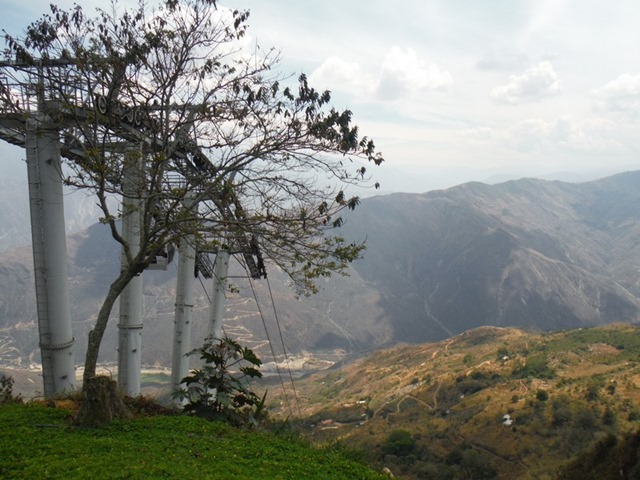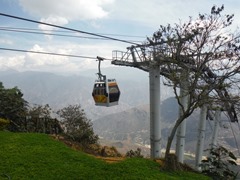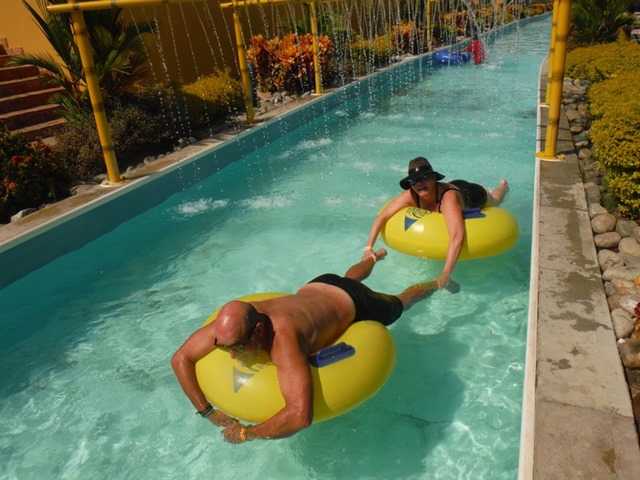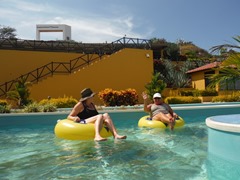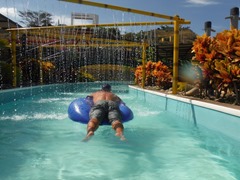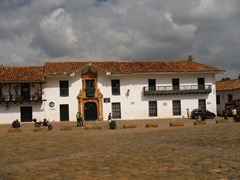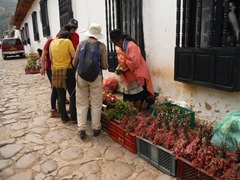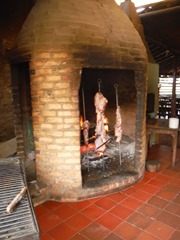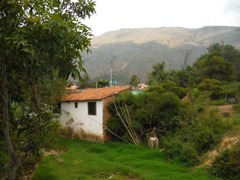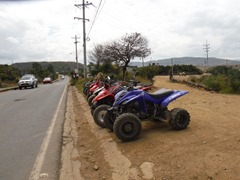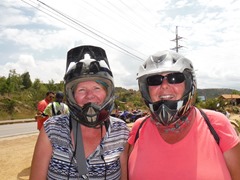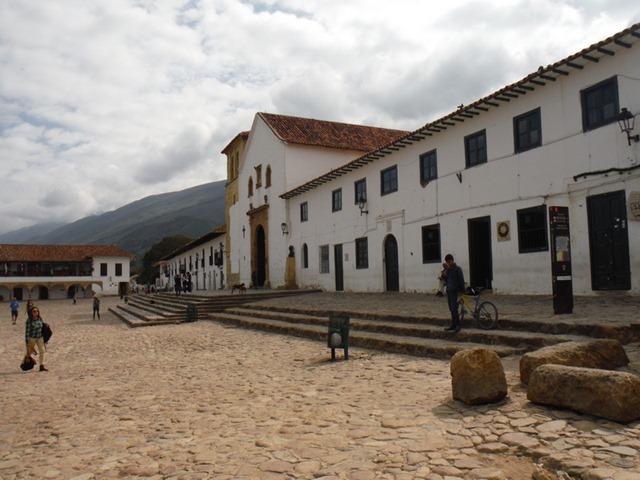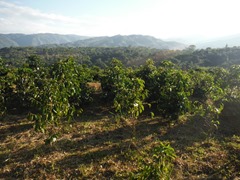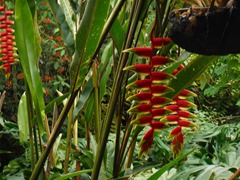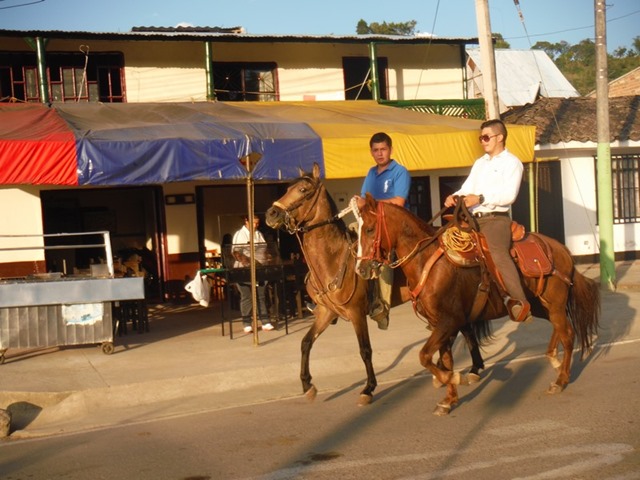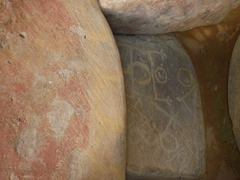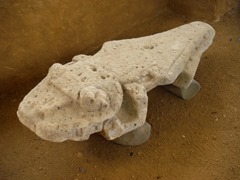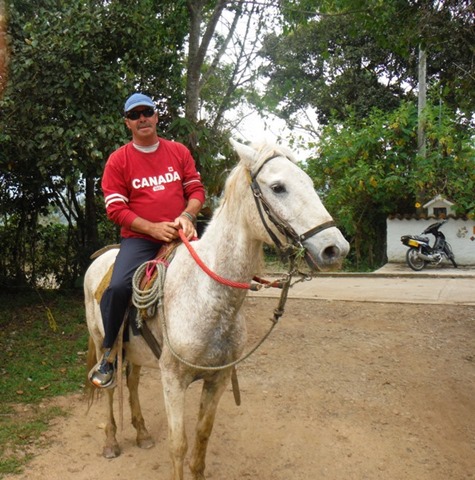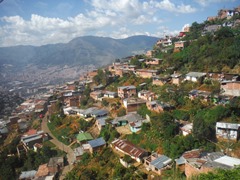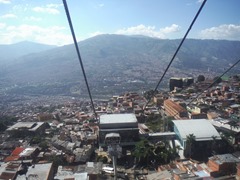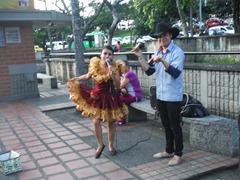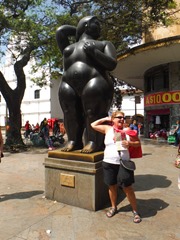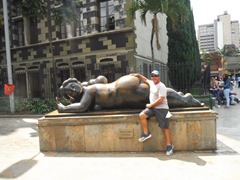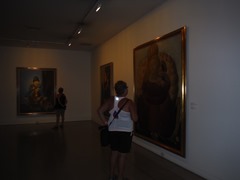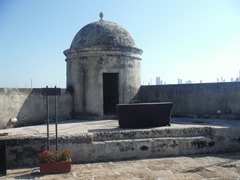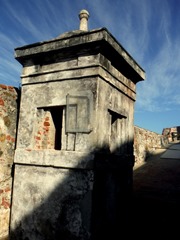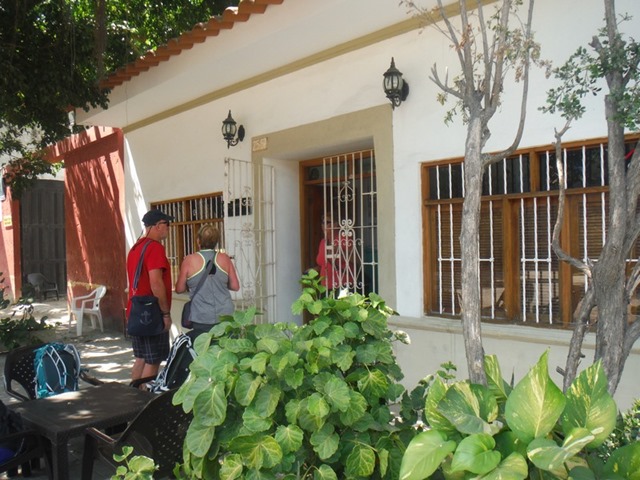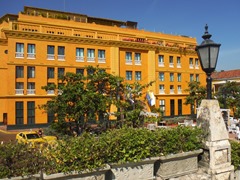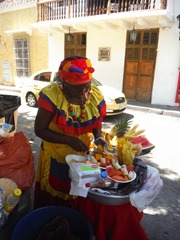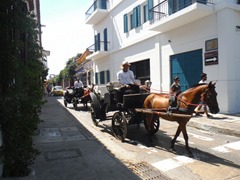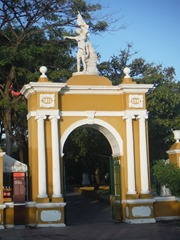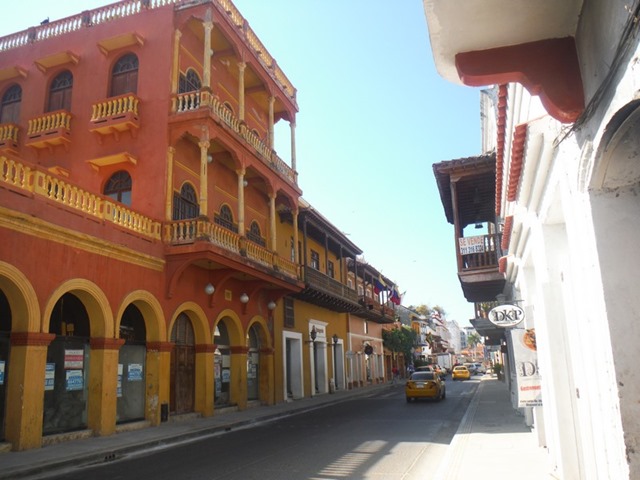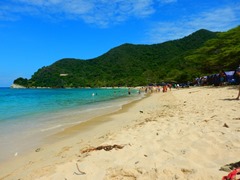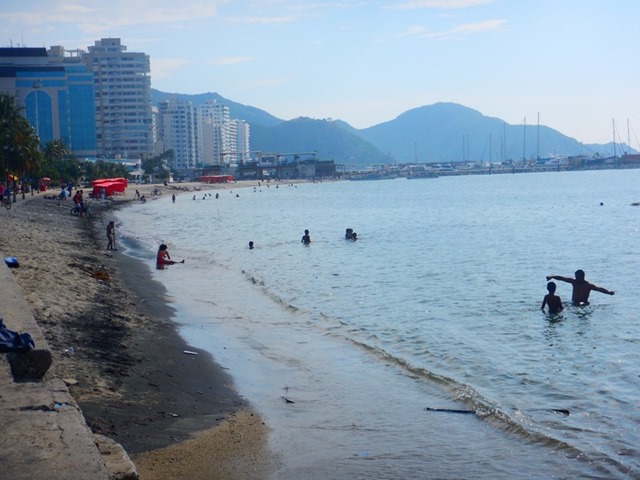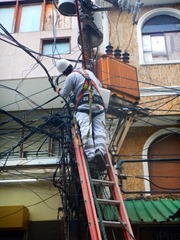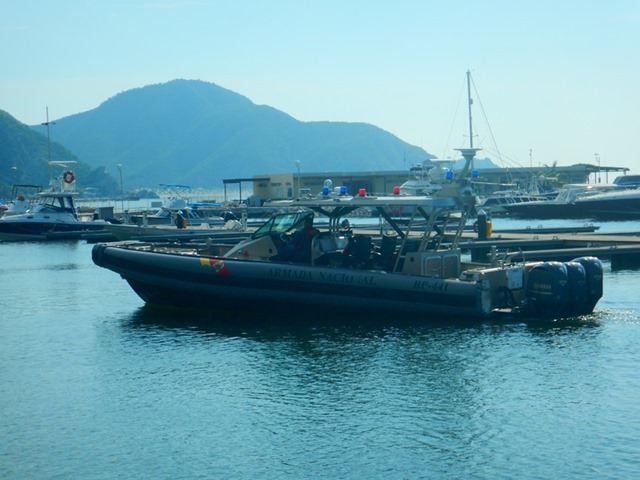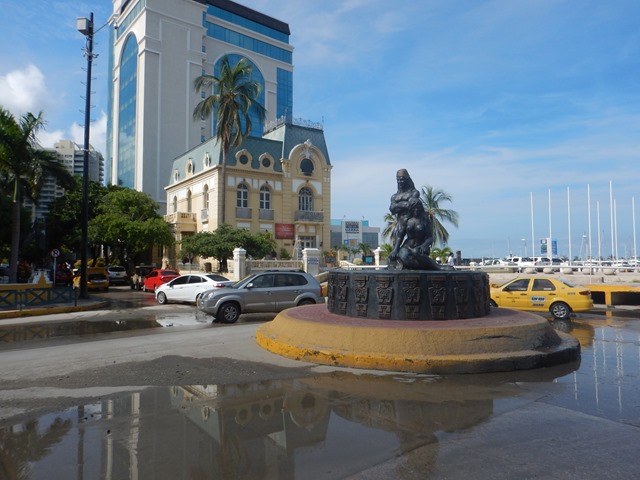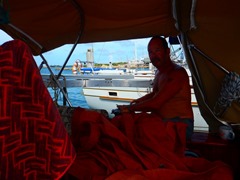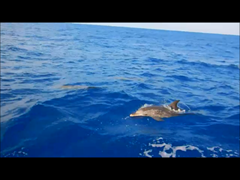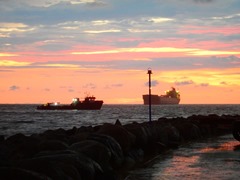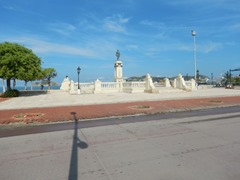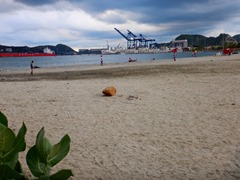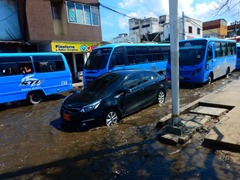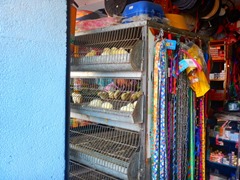Post Views:
1,816
Number of View: 0

This small colonial city is famous for it’s chalk-like facades( its nickname is “ La Ciudad Blanca, or The White City”), and is second only to Cartagena as Colombia’s most impressive colonial settlement. It sits beneath towering mountains in the Valle de Pubenza, and for hundreds of years was the capital of southern Colombia, before Cali overtook it.
The town was founded in 1537by Sebastian de Belalcazar, and became an important stopping point on the road to Quito, Ecuador. It’s mild climate attracted wealthy families from the sugar haciendas of the hot Valle de Cauca region. In the 17th century they began building mansions, schools, and several imposing churches and monasteries.
In march 1983, moments before the much celebrated Maundy Thursday religious procession was set to depart, a violent earthquake shook the town, caving in the cathedral’s roof and killing hundreds. Little damage is visible today.
The city has numerous universities and during the day the streets are filled with students.

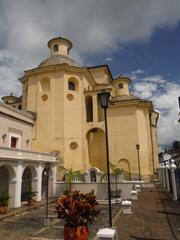
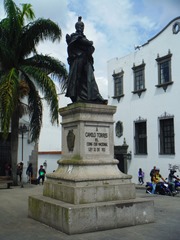
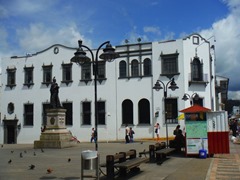
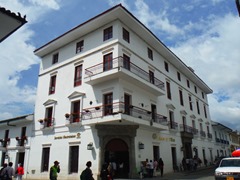
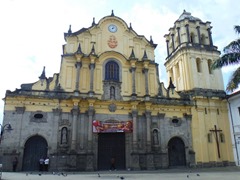


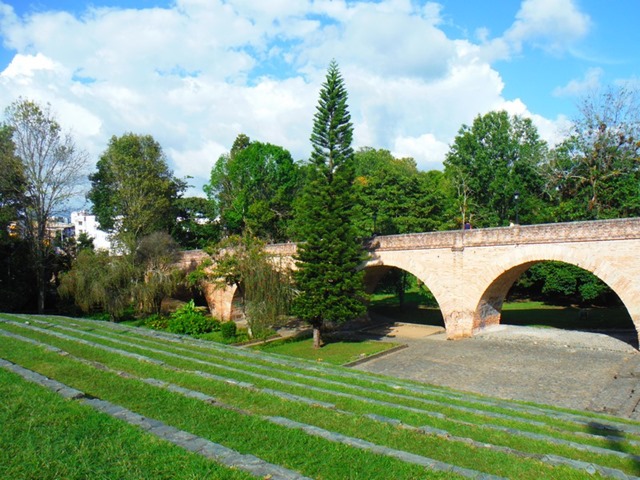
Forty-five kilometers east of Popayan along an unpaved road to La Plata lies a 830 sq/km National Park ( Resguardo Indigena Purace ). The vast majority of the park lies within the reguardo ( official territory ) of the Purace indigenous group.
At this time , the indigenous community has taken control of the park following a dispute with the national government over it’s management. If you ask at any national park or official government tourist office they will tell you that the park is closed, however the community is still accepting visitors and is dedicated to expanding it’s fledgling ecotourism program. In addition to an entrance fee, each group is required to hire an indigenous guide to explore the park.

We had every intention to climb to the top of the volcano, I just wished we had done more research. After stopping at the small village, where our guides loaded supplies and rode in the back of the pick-up to a cabin at the start of the trail. They had us hold hands and asked the gods for guidance and protection so we would be safe walking to the summit to view the volcano.
The wind was howling and the temperature must have been hovering around zero, the altitude stealing our breath. It wasn’t meant to be, one by one we gave up.


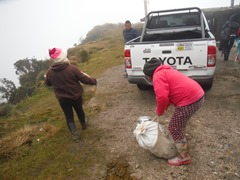
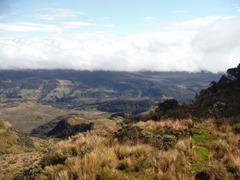
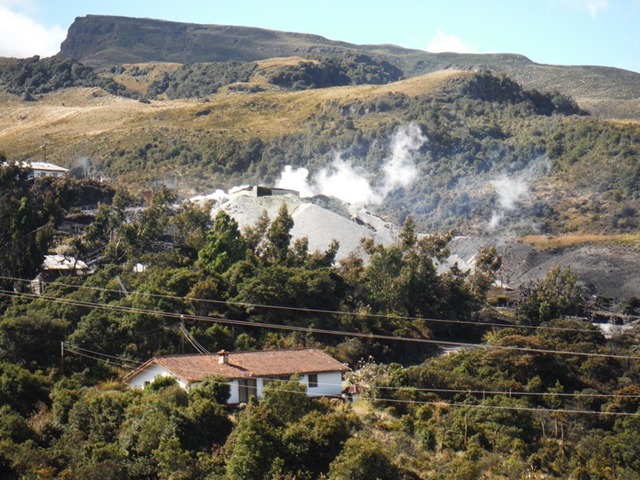
Our 2 guides eager to show us there land, told us they wanted us to see their most sacred area where we could see, and get close to Condors, noted to be the largest birds of the world. What started out with just 1 mating pair has become quite a success. Their wings spanning 10 feet or more as they glide serenely above Colombia’s Andes, condors are majestic physical specimens. They have been important symbols here since pre-colonial times, when indigenous tribes saw them as messengers of the gods and harbingers of good fortune.
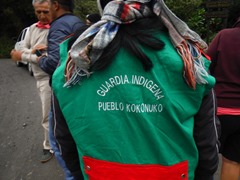

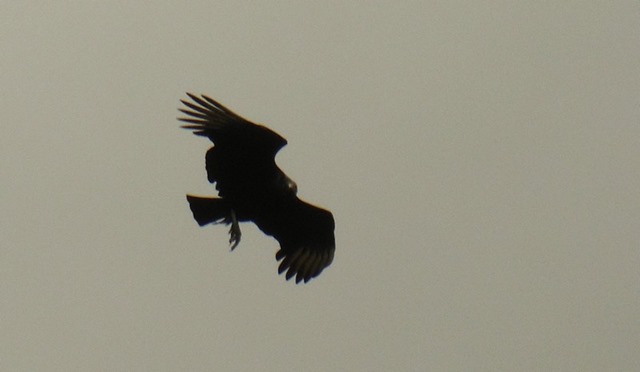
Check out the YouTube video on Condors
https://youtu.be/TfzUzUe7dTo

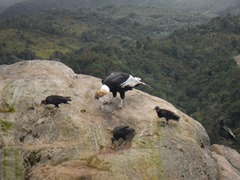
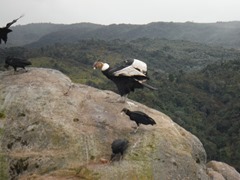
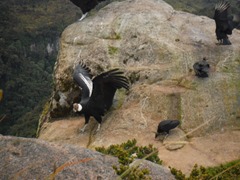
We were also were shown the Termales de San Juan, which are on a high mountain plain (3200m), what an amazing area. These hot springs can not be bathed in due to the heat and the high acid content with the smell of rotten eggs.


